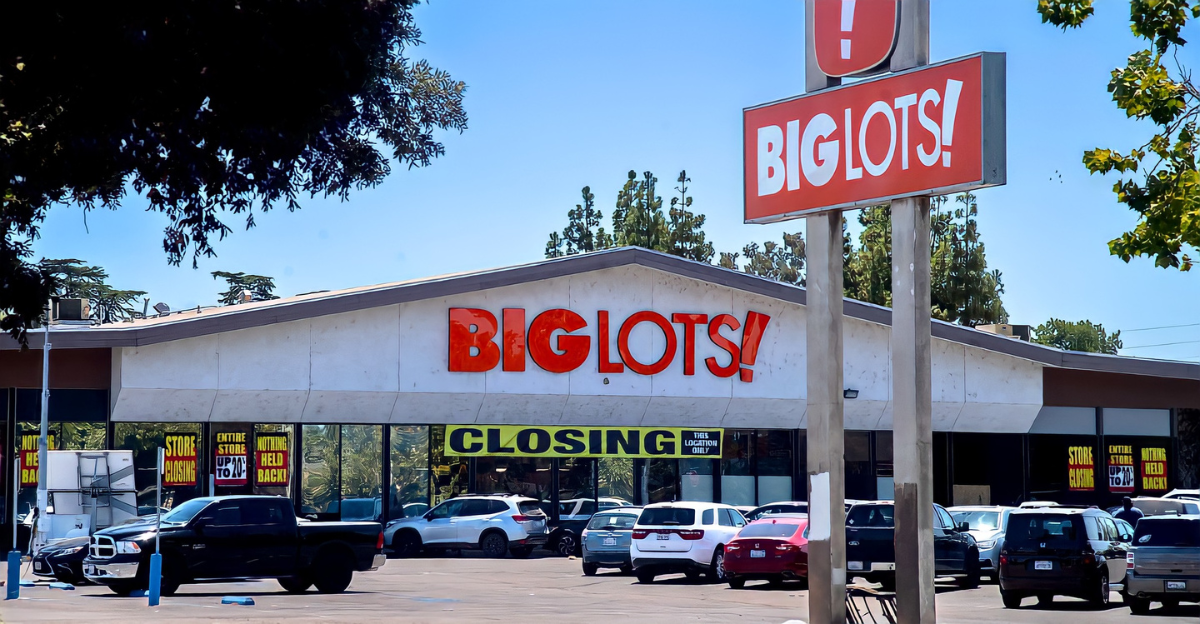
Two well-known names in American retail, Big Lots and Rite Aid, are silently making an exit. These aren’t just closures or straightforward corporate rebrands.
It’s the end of an era. But these aren’t the only two giants making headlines. Their downfall signals something much more serious happening across malls, strip centers, and street corners across the nation.
What’s really going on? And why are so many once-reliable stores disappearing? Let’s unpack this steady, unsettling shift one piece at a time.
The Last Door Closes
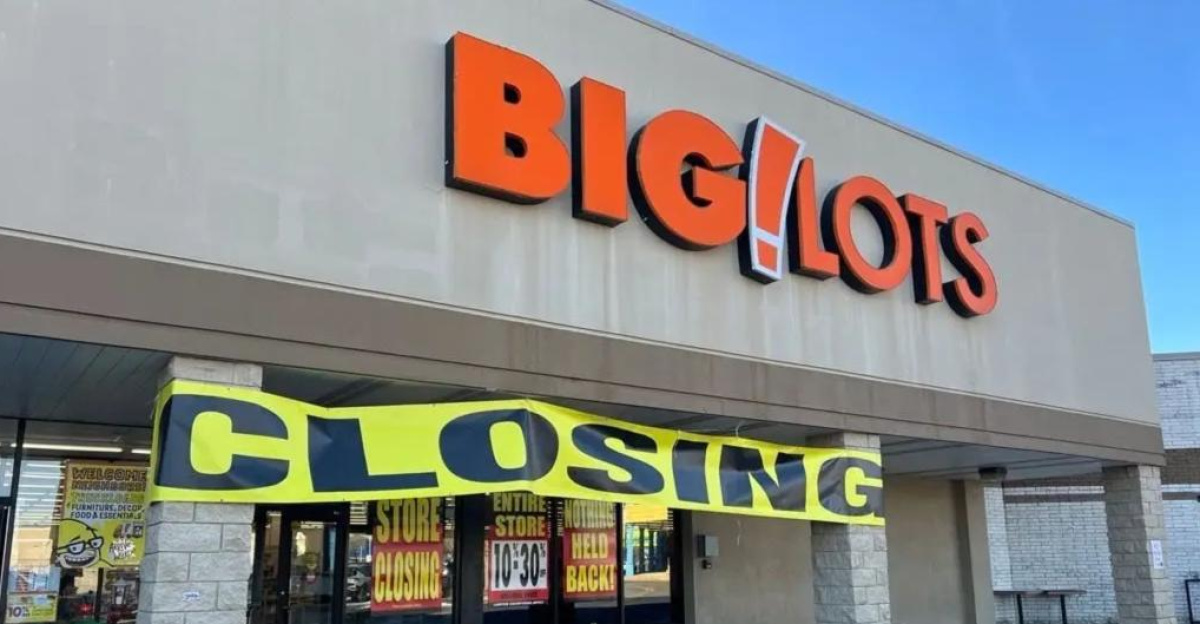
Big Lots is currently shutting its last 18 stores, officially denoting the end of a long retail run. The company held thumbs for a comeback after filing for bankruptcy in late 2024, but failed acquisition deals and liquidation efforts signaled otherwise.
With over 1,300 stores closed, Big Lots is completely disappearing from the retail landscape. And it’s not just another business closure. It’s a reflection of bigger systemic issues.
Rite Aid’s Final Act
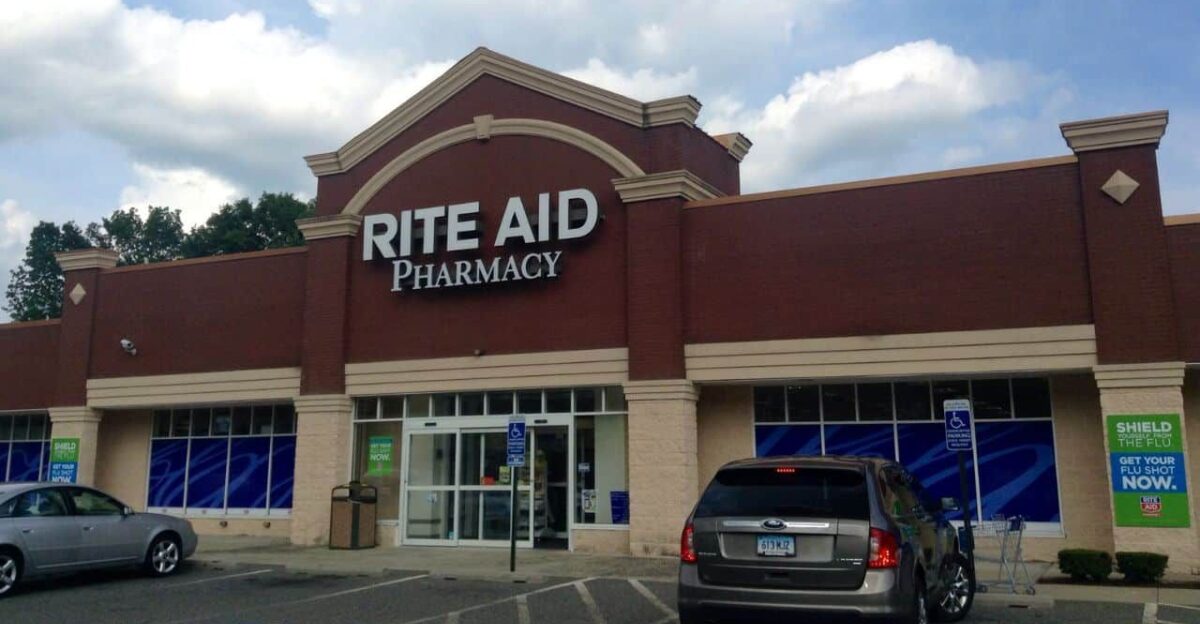
Rite Aid, once a staple pharmacy chain, tried everything to survive. It filed for Chapter 11 bankruptcy not once but twice: first in 2023 and again in 2025.
With debts piling up and lawsuits tied to the opioid crisis mounting, the company closed more than 1,200 stores and recently began liquidating the rest. A few leftover stores still stand, but not for long. Their exit is already on the way.
Not Just Two Stores

The collapse of Big Lots and Rite Aid may be headline news, but they’re not alone. Party City, Joann Fabrics, Forever 21, and others have also filed for bankruptcy within the past year.
These aren’t obscure brands. They’re oldtime favorites for millions of people in the US. The trend is evident: more retail chains are folding under tension, and it’s happening faster than ever.
A System Under Strain
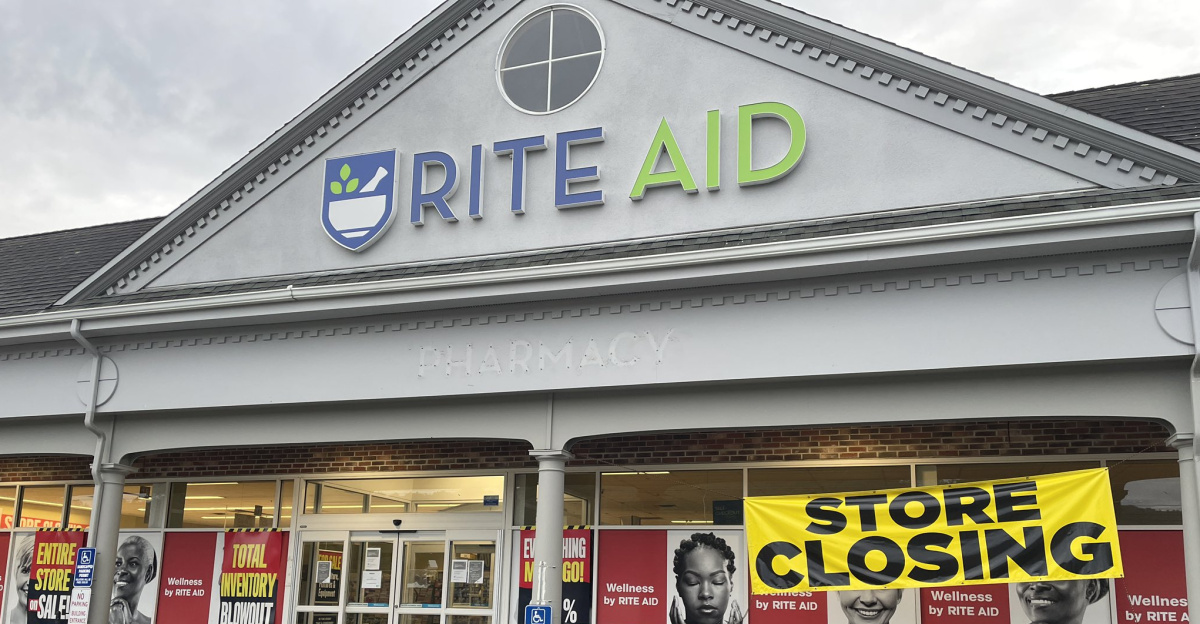
The reasons go beyond simple bad luck. Rising inflation is shrinking consumer spending. Labor costs are rising. Borrowing is more expensive than it’s been in years.
And theft, both petty and organized, is seriously hitting retailers’ bottom lines. These pressures combine to make running a physical store increasingly difficult, especially for chains that rely on volume and foot traffic.
The Failed Reset Strategy
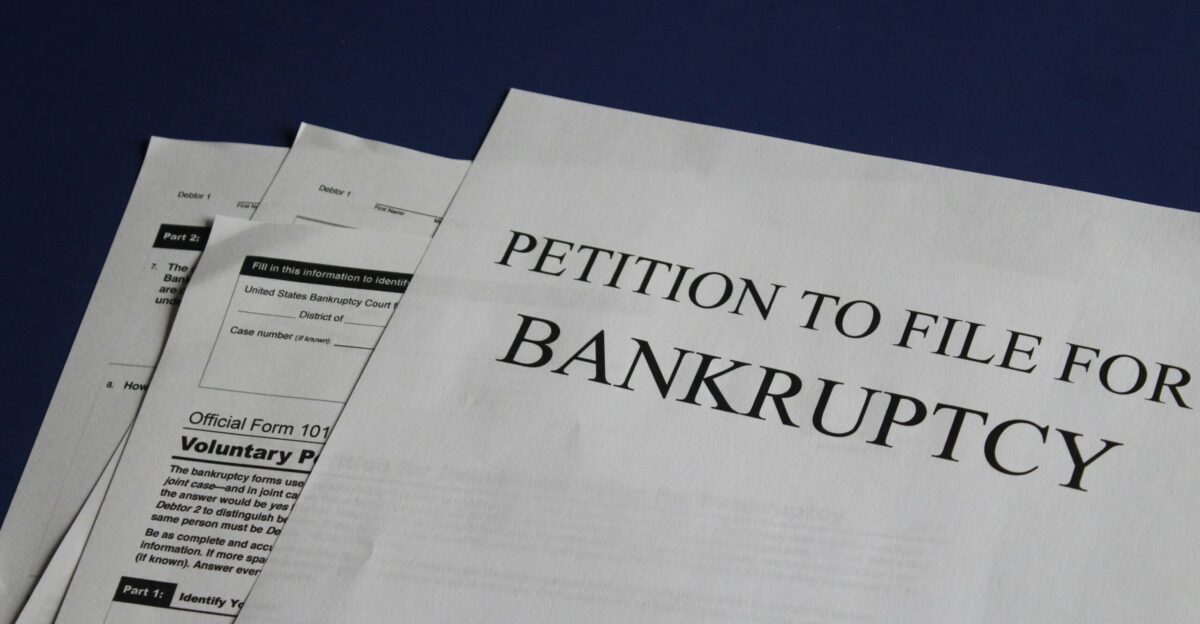
Both Big Lots and Rite Aid used bankruptcy as a method to restructure and survive. This is a common strategy within corporate America. But lately, it’s not working as well.
Big Lots tried to transfer assets to new owners, and Rite Aid even changed its name to distance itself from past troubles. These moves didn’t work. The pace of change in retail may simply be too fast now for turnarounds to work.
From Main Street to Memory
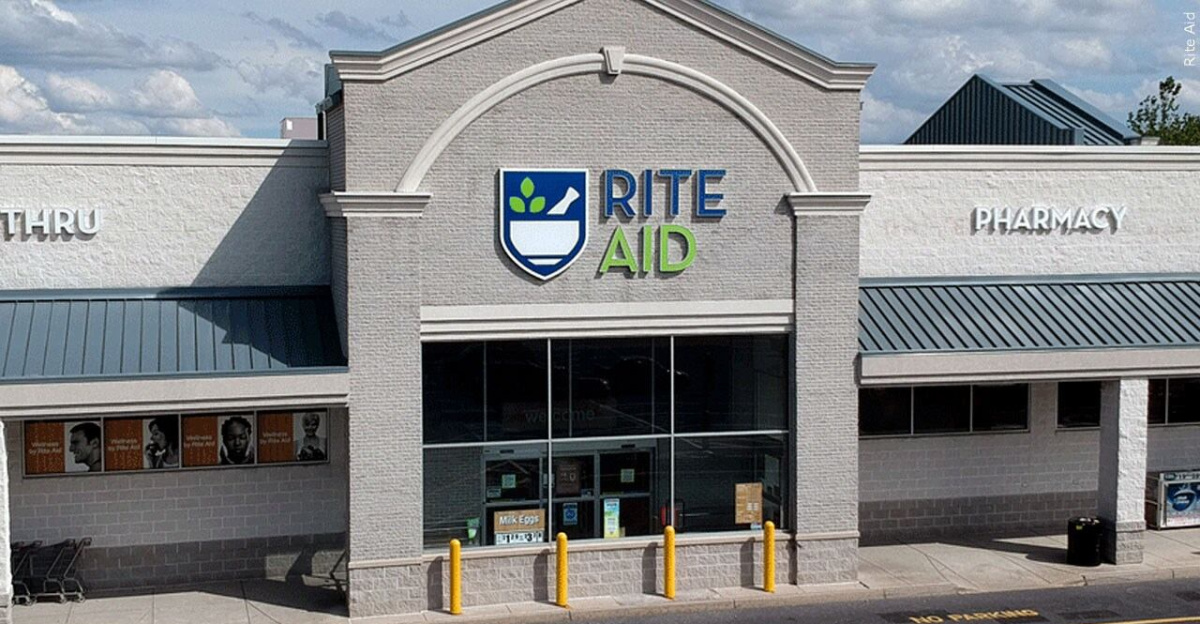
Retail chains once formed the backbone of suburban and urban neighborhoods alike. Big Lots was the go-to for discounted furniture and seasonal goods.
Rite Aid was where many went for basic necessities, groceries and last-minute medicine. Their disappearance means more than just job losses or vacant storefronts. It affects everyday convenience and daily routine for many Americans.
Online Is Winning

E-commerce is a major element in these closures. Online platforms offer lower prices, fast delivery, and more selection.
For many consumers, physical stores are no longer the automatic go-to. Chains that didn’t invest early in their digital experience, like Big Lots and Rite Aid, are finding it hard to compete. Meanwhile, online-only retailers are growing stronger, taking a bigger market share.
Global Competition Rising

Chinese retailers like Temu and Shein offer ultra-low prices and very fast shipping timelines. They’ve exploded in the past two years, particularly among younger and budget-conscious shoppers.
Domestic chains can’t match these prices without slashing margins or cutting quality. That pressure is contributing to the collapse of many legacy retailers.
Shifting Consumer Behavior
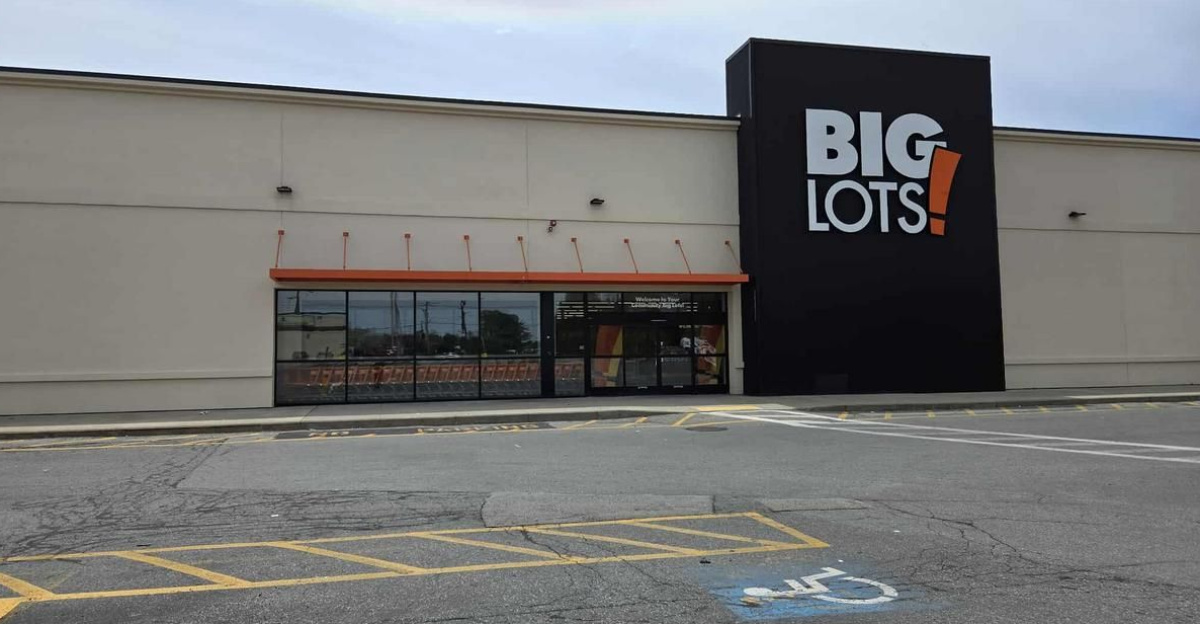
The way people shop has changed, fundamentally. Shoppers are prioritizing speed, convenience, and price often at the expense of brand loyalty.
Younger consumers are less attached to traditional stores. That shift, along with inflation and economic tension, means retailers must adapt or die. For some, like Big Lots and Rite Aid, the shift arrived too late.
Empty Lots, Empty Aisles
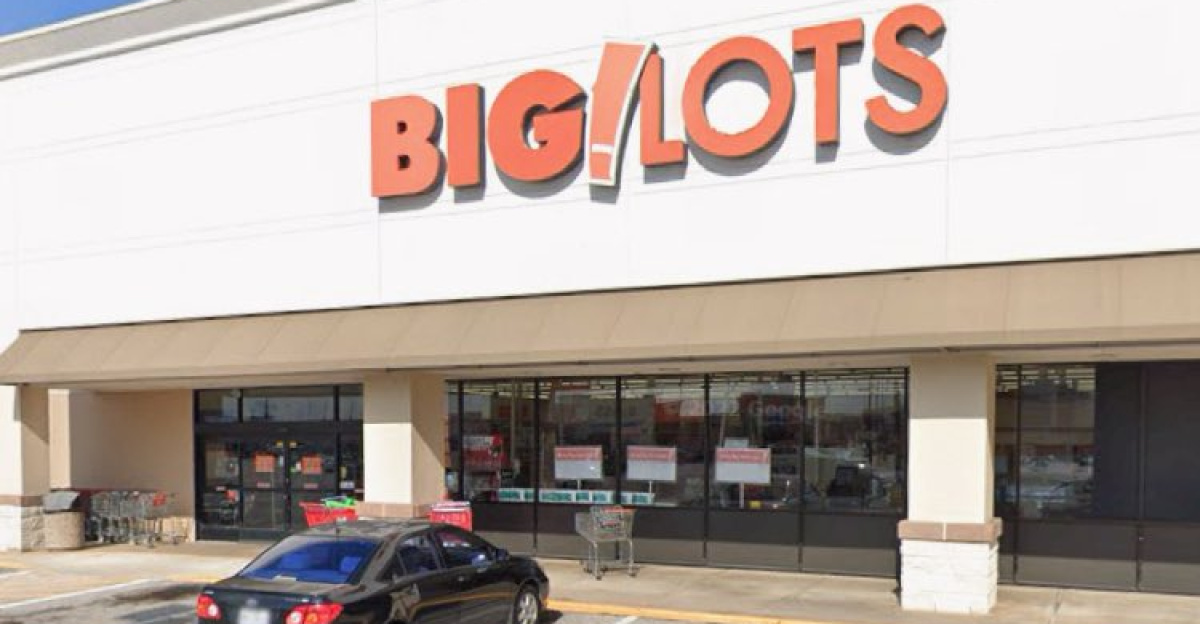
As stores close, the physical impact is increasing. Once-busy shopping centers have dark windows and empty shelves. Communities lose jobs, and nearby small businesses see fewer customers.
It’s a ripple effect. And when closures happen in rapid succession, as they are now, it becomes harder for any one town or neighborhood to bounce back quickly.
The Opioid Shadow
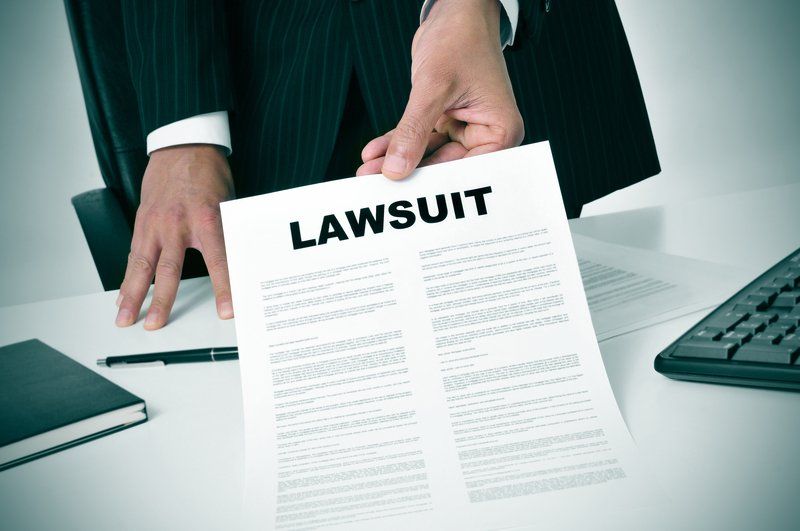
Rite Aid’s downfall sped up by its connection to the opioid crisis. Legal penalties and mounting lawsuits made investors cautious.
Even with strategy changes, public trust and financial strength needed to weather the storm weren’t there. It’s a reminder that brand image and legal accountability now play a much bigger role in whether a company survives.
Failed Deals, Broken Lifelines
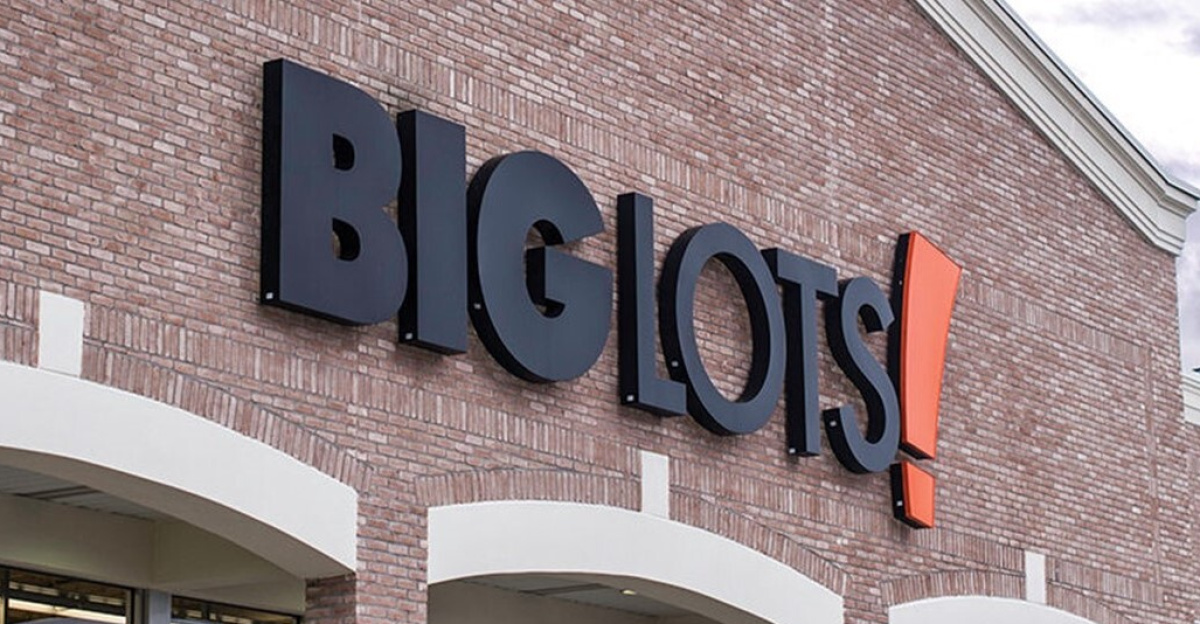
Big Lots had a buyer lined up Nexus Capital Management for $760 million. That deal fell through. Another plan with Gordon Brothers was meant to preserve jobs and locations. It also failed.
In a market where investors are wary and financing is tight, deals crumble more easily. These failed lifelines prove how fragile rescue attempts have become.
A Trend, Not an Anomaly

This isn’t just about two companies. This is part of a larger, accelerating shift in U.S. retail. Bankruptcies are growing. Storefronts are disappearing.
Even strong legacy brands are overwhelmed by debt, changing tastes, and new competitors. The market is reshaping itself, and the old playbook no longer works.
What Comes Next?
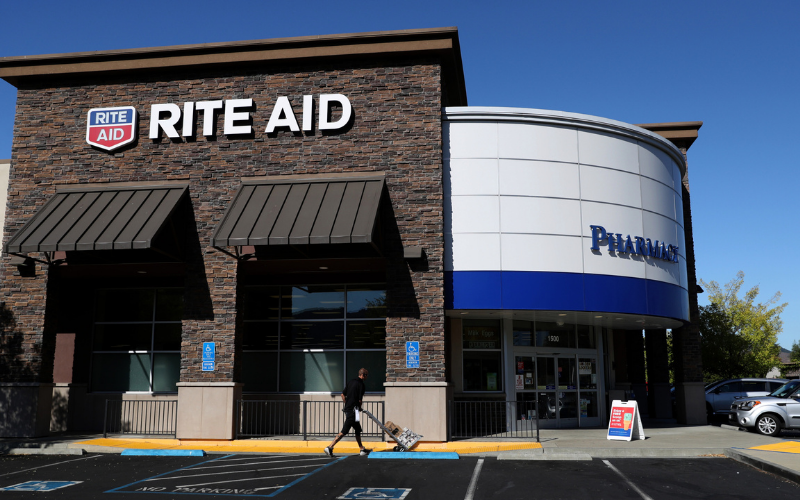
Big Lots and Rite Aid may be gone, but the story doesn’t end there. As old brands fall, new players will emerge, especially in digital-first and hybrid retail models.
Communities and workers will have to adjust. And policymakers may face pressure to respond to the changing landscape. One thing is clear: this isn’t a break. It’s a transformation in progress.